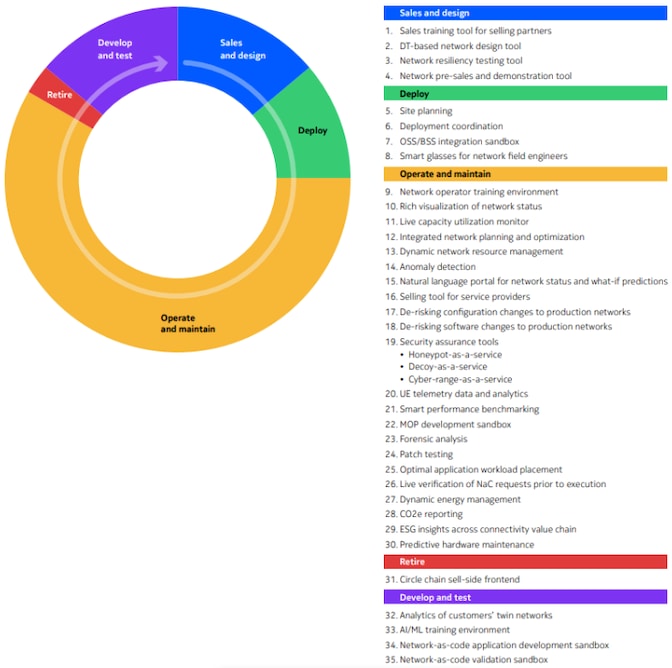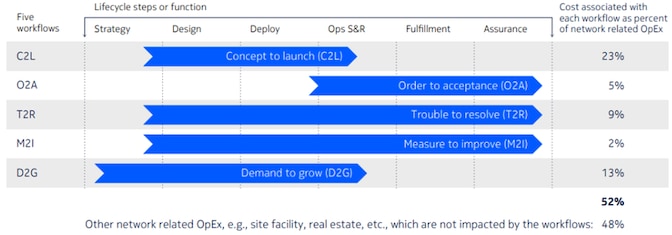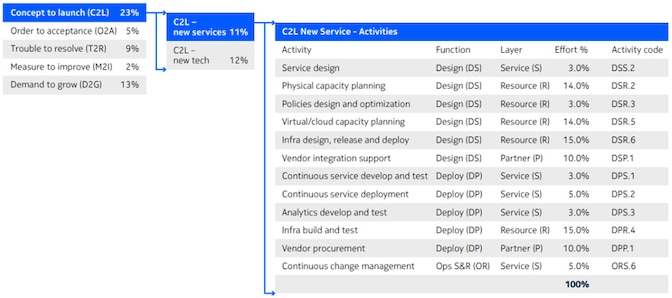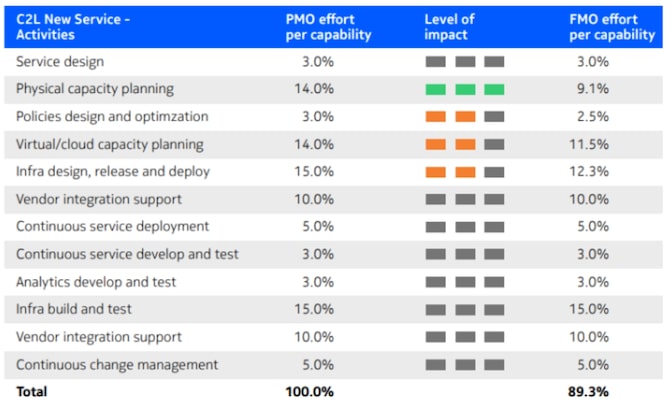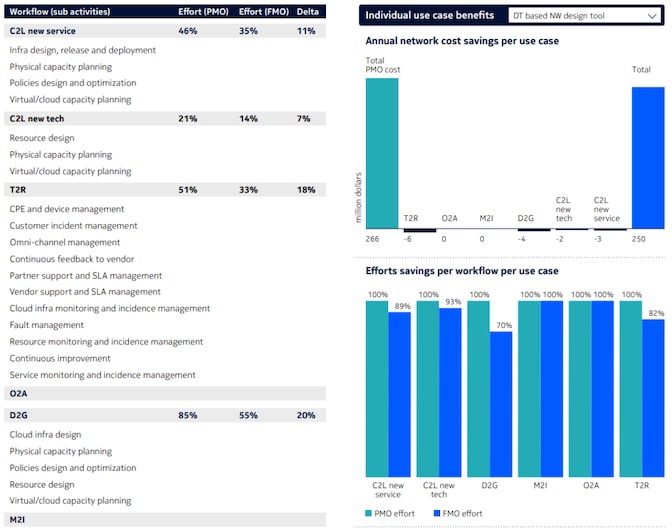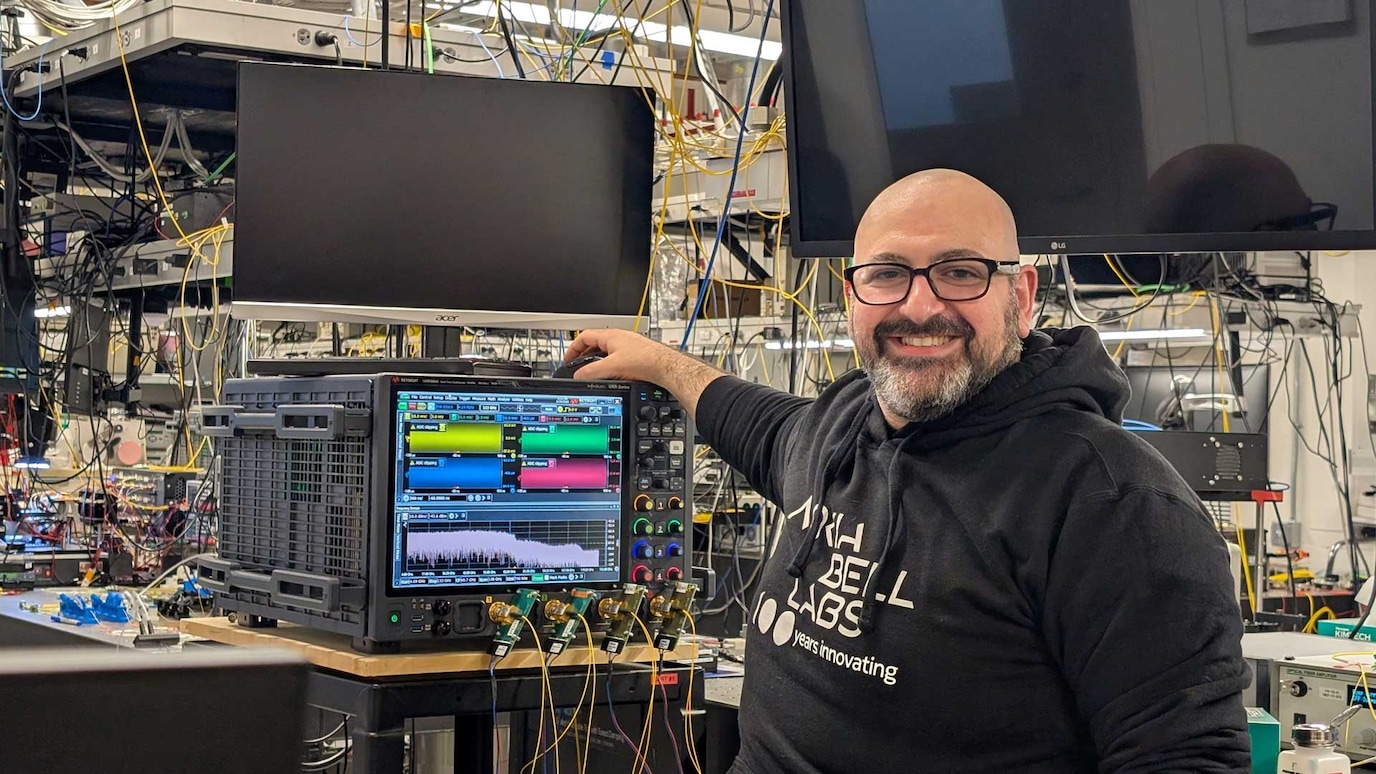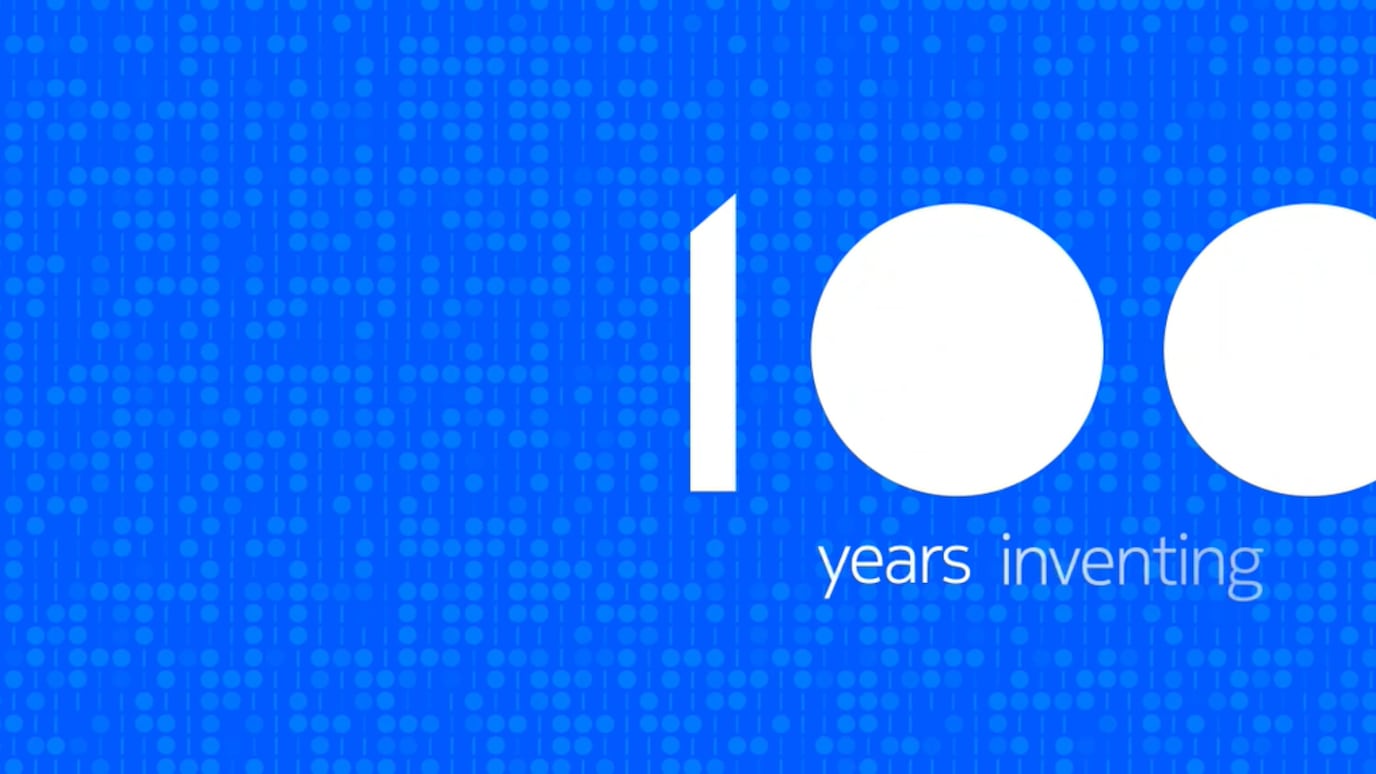Digital twins have recently popped into the agendas of telecoms operators with the revolutionary promise to push the boundaries of operational efficiency, reduce downtime and improve customer satisfaction by ensuring seamless and robust network performance.
Digital twins can be thought of as virtual replicas of physical assets, systems and processes that use real-time data and other sources to enable learning, reasoning and dynamic recalibration for improved decision-making.
Network digital twins (NDTs) enable operators to visualize their entire network in real-time, perform predictive maintenance, and optimize resource allocation. They empower operators with the ability to make quicker and more informed decisions, enhance network reliability, and improve customer satisfaction.
Network digital twin use cases
NDTs enable better and automated decision-making across a wide range of use cases. A recent Bell Labs analysis identified 35 use cases throughout the entire lifecycle of a network where NDTs could have potential positive impact.
For example, in the sales and design phase we have the use case of a DT-based network design tool, which applies models for estimating key performance indicators of virtual networks, and behavioral models for predicting how these virtual networks would respond to normal conditions and abnormal events. Another example in the operate and maintain (OAM) phase is the method of procedure (MOP) development sandbox. This use case uses an emulation model to accurately predict how a potential MOP will perform on the target network, as well as simulating failures during execution of the MOP.
Quantifying network digital twin value
We recently performed an assessment for an operator with an annual revenue of $1.4B and a network OpEx-to-revenue cost ratio of 19%. They asked us to analyze the impact of 16 of the NDT use cases from the above list, and we identified potential savings of ~24.8% in the annual network operational cost.
Try network digital twin benefit calculator
Quantifying the benefits of implementing NDT use cases in an operator’s environment involves a systematic approach. We began by structuring network operations into distinct workflows covering the network’s lifecycle based on a capability reference operating scalable model designed by Bell Labs Consulting, which we call xCROM. It is aligned with standards such as: ITIL, TM Forum Framework (eTOM), TM Forum Open Digital Architecture and Open APIs as well as the NIST Cloud Computing Reference Architecture, also developed by Bell Labs Consulting, which are all foundational for identifying where NDT use cases can add value.
Next, we estimated the cost associated with each workflow as a percentage of network related OpEx (see figure 2)
Each workflow was then broken down into specific activities: the fundamental tasks that form a workflow. Identifying these activities is crucial as they are the actionable points where NDT use cases can enhance efficiency and reduce costs (see figure 3).
Finally, we mapped the NDT use cases to workflows and their corresponding activities. In this mapping exercise, we identified which activities within each workflow are impacted by an NDT use case and those that remain unaffected. Subsequently, we assessed the extent of this impact. In the example below for the DT-based network design tool use case (UC-2), we identified that within the C2L workflow only four activities were positively impacted with one having a high impact and the other three have medium impact (figure 4).
As a result, our analysis showed that the 16 use cases had a potential to reduce overall OpEx by 24.8%. The major contributor being the DT-based network design tool use case with a 5.8% potential. In figure 5, you can see the detailed contribution of this use case to OpEx savings by workflow and activity.
Try network digital twin benefit calculator
For further information please contact us at info.query@bell-labs-consulting.com
Bell Labs Consulting Bell Labs Consulting provides impartial advice to help clients realize the full economic, social, and human potential of future technologies.
